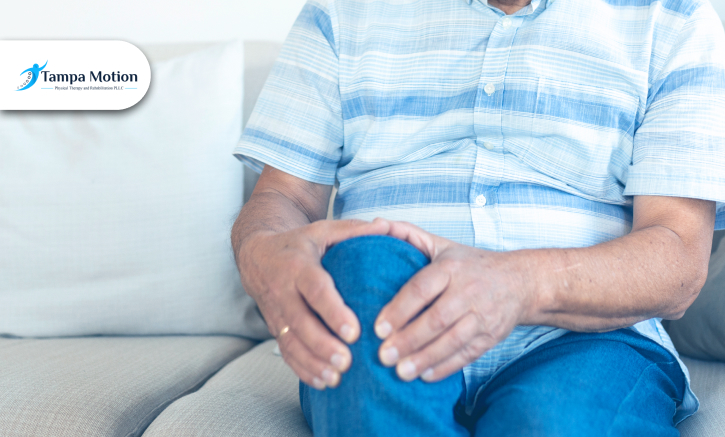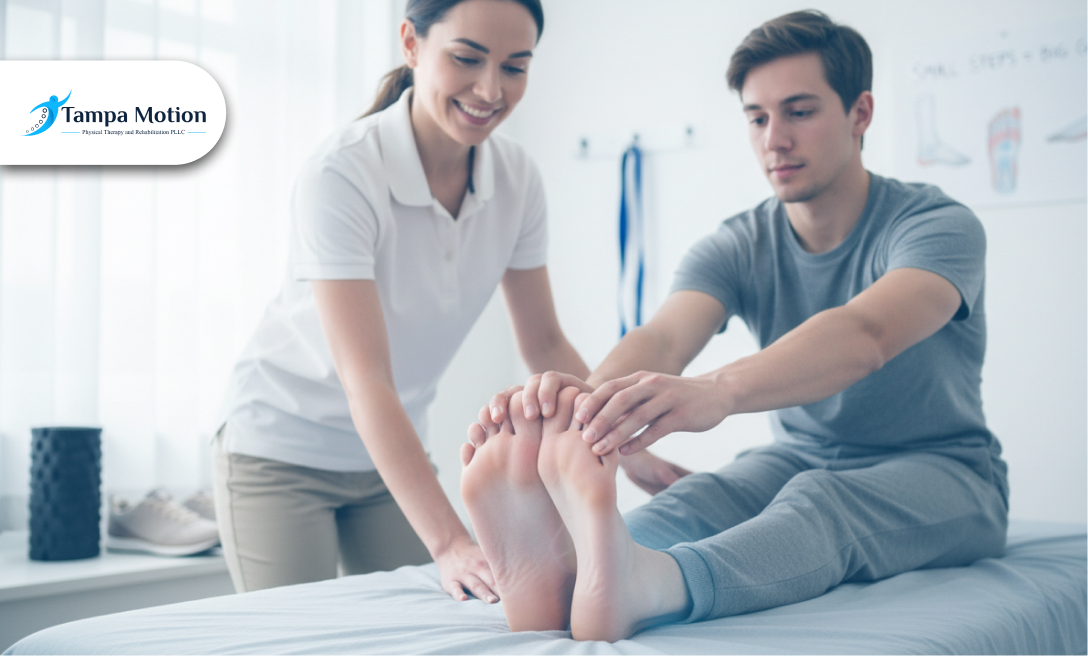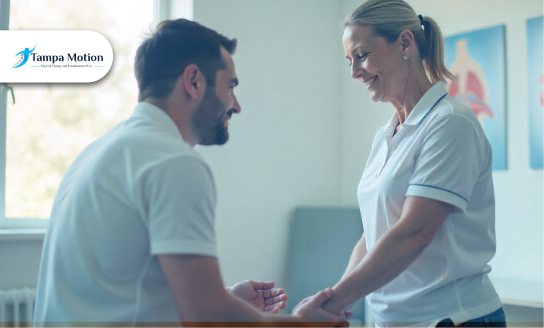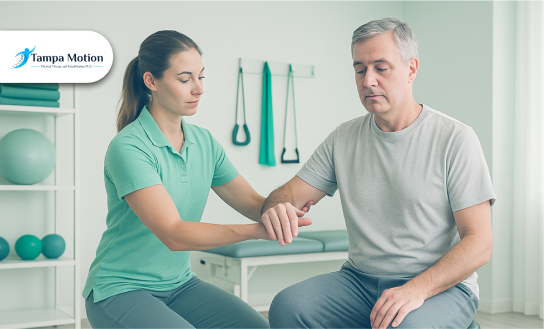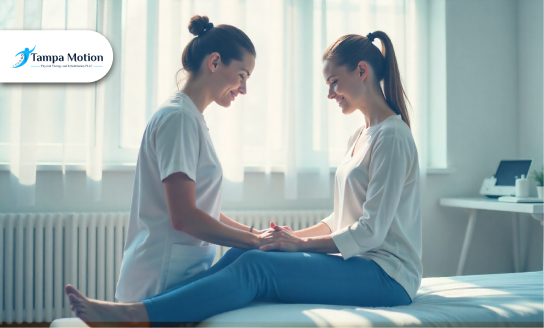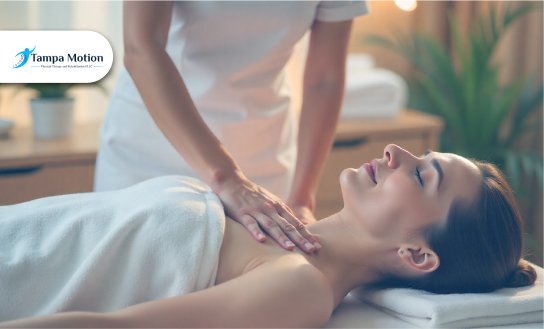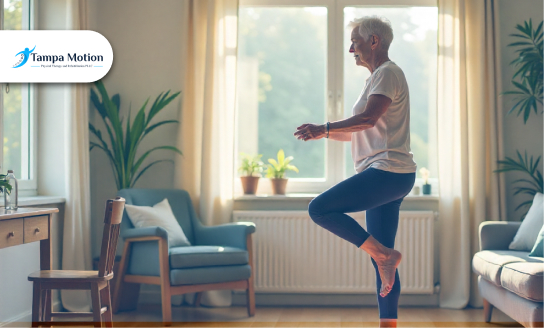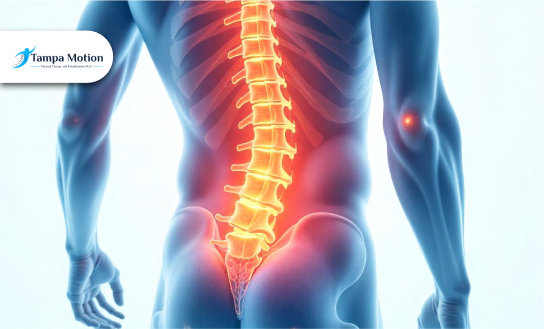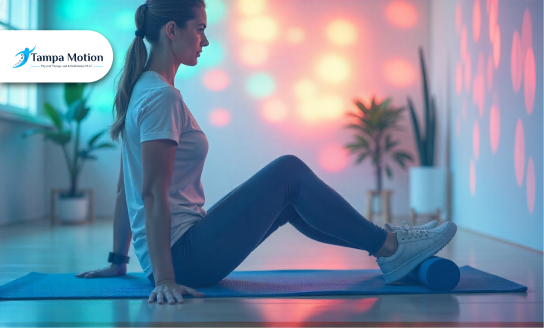
Stroke (CVA) Rehab: What to Expect in Physical Therapy
August 18, 2025
Stroke (CVA) Rehab: What to Expect in Physical Therapy
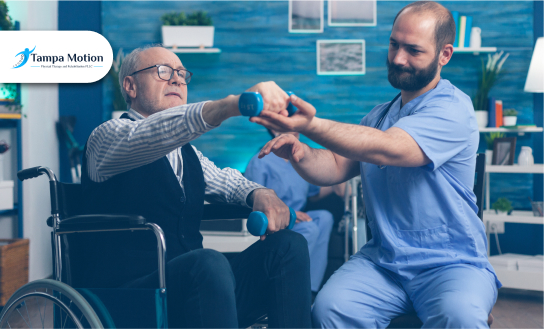
No one prepares for the silence that follows a stroke. It’s not just the quiet in the hospital room or the lull in conversations. It’s a sudden pause in a life that once moved without thought. One day you're walking to the kitchen. The next, you're relearning how to stand.
Stroke doesn’t ask permission. It interrupts. It changes the very relationship you have with the way you balance, hold a fork, climb stairs, and smile.
However, recovery is a rhythm. A stubborn, hopeful rhythm that begins not in some grand leap however, in the smallest, most unglamorous movements.
And that rhythm? It often begins in a quiet room… with one simple question: “Can you try to move your leg for me?”
1) When Does Physical Therapy Start After a Stroke?
Once a stroke survivor is medically stable, physical therapy often begins within the first 24 to 48 hours. That might sound fast, however, there’s a reason for it. The brain is most responsive to change in those early days. Like a path just cleared after a storm, the brain is actively looking for new ways to reroute what’s been damaged.
Early movement, even just sitting up in bed or shifting weight from one side to the other, sends powerful signals to the brain. It taps into something called neuroplasticity—the brain’s ability to rewire itself, to form new connections when old ones are lost.
And the timing makes a real difference. According to the National Institute of Neurological Disorders and Stroke (NINDS), stroke survivors who start rehab within 7 days see significantly better functional outcomes than those who begin later. It’s not just about speeding up recovery; it’s about improving the quality of it.
Of course, not every patient is ready to jump into therapy immediately, and that’s okay. What matters is recognizing that those first few days are full of potential. And with the right guidance, that potential becomes momentum.
2) What Happens During Stroke Rehab Sessions?
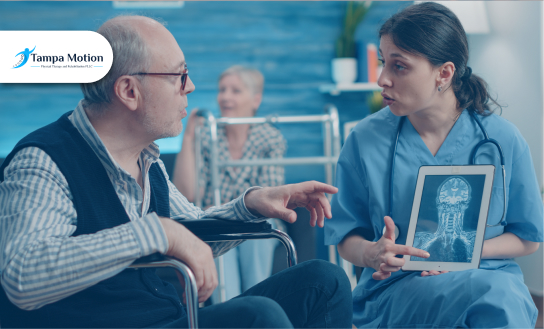
So what does stroke rehab actually look like? It’s definitely not about “pushing through the pain.” Stroke rehab is strategic, structured, and deeply personalized. Every session starts with where you are and builds from there.
Here’s how it typically unfolds:
a) Initial Evaluation & Goal Setting
Before anything else, the physical therapist will assess what’s changed:
Can you move your limbs voluntarily?
Is your balance affected?
How’s your coordination, strength, posture?
From there, they’ll work with you (and your family, if needed) to set realistic, meaningful goals like walking to the mailbox, climbing stairs again, or just getting out of bed without assistance.
b) Gait Training
Walking may seem simple until a stroke interrupts the brain’s communication with the body. Gait training rebuilds that communication. You might start with parallel bars, walkers, or body-weight-supported treadmills. Over time, the focus shifts to improving stride length, symmetry, and foot placement so each step feels safer and stronger.
c) Strength & Endurance Work
Muscle weakness is common after a stroke, especially on one side of the body. Therapists use targeted resistance exercises (think: leg lifts, arm reaches, seated weight work) to rebuild strength without overexertion. Gradually, they’ll add endurance-based tasks like standing for longer periods or walking greater distances to help you function independently.
d) Balance and Coordination Drills
A stroke can throw off your body’s ability to know where it is in space. Balance training comes with activities like
Standing on foam pads
Reaching exercises
Weight-shifting drills
e) Task-Specific Training
This is where things get practical. Think of it as rehab that meets real life:
Climbing stairs
Getting up from a chair
Moving from bed to wheelchair
Practicing bathroom or kitchen tasks
The more relevant the movement, the more the brain connects it to daily living, and that speeds up recovery.
3) What Improvements Can You Expect Over Time?
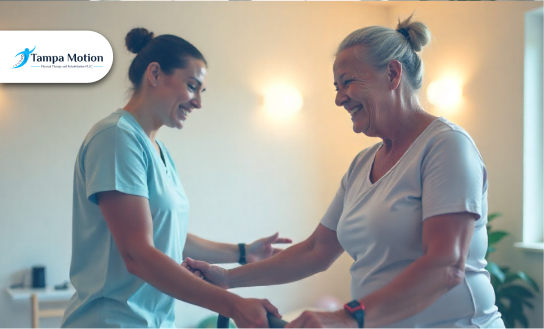
Recovery after a stroke is more like a winding path full of unexpected turns, plateaus, and breakthroughs that sometimes show up quietly. That’s why physical therapists look at stroke rehab for injury rehabilitation in phases, not fixed timelines.
a) The Acute Phase (First Days to 1–2 Weeks)
This is the beginning when the body is still reacting and the brain is just starting to reroute lost signals. The focus here is stabilization, preventing complications, and gently reintroducing movement. Even small shifts, like sitting up or relearning how to swallow, are major steps.
b) The Subacute Phase (2 Weeks to 3–6 Months)
This is where the most visible progress tends to happen. The brain is still highly adaptable during this window, and physical therapy gets more dynamic with walking, transferring, shaping, and task training.
You’ll start noticing things you couldn’t do before slowly becoming possible again. It may be lifting your arm higher, standing up without wobbling, or walking to the bathroom with less help.
c) The Chronic Phase (After 6 Months and Beyond)
By this point, some may assume recovery has peaked however, that’s a myth. While progress might be slower, it absolutely continues. Neuroplasticity doesn’t vanish after 6 months. With consistent rehab, many stroke survivors continue gaining function, mobility, and confidence well beyond that point.
According to the American Stroke Association, 50–70% of stroke survivors regain functional independence with proper rehabilitation. That includes things like walking on your own, dressing, bathing, and cooking again.
4) Every Recovery Looks Different And That’s Completely Normal
There’s no universal timeline for healing after a stroke. Some people regain movement quickly. Others hit walls. There are good days, hard days, and days where nothing seems to move at all.
Frustration is a normal part of the process. So is slow progress. Sometimes, the body is willing however, the mind isn’t. Other times, it’s the opposite. Mentally, you’re ready to move mountains, however, your muscles aren’t following just yet.
And let’s not overlook the emotional and cognitive weight of all this. Many stroke survivors experience:
Fatigue that doesn’t go away with sleep
Memory lapses or slowed thinking
Mood swings, anxiety, or even post-stroke depression
These symptoms can make physical rehab feel ten times harder. That’s why the best rehab plans aren’t just physical; they’re also holistic.
Depending on the needs of each patient, the stroke recovery team may include:
Speech-language pathologists to help with communication or swallowing
Occupational therapists who focus on daily living tasks like grooming, eating, or returning to work
Support groups and mental health professionals for emotional resilience and connection
Your pace is your own. Your story is your own. And that’s expected.
5) Tampa Motion: Stroke Rehab with Compassion, Precision, and Results
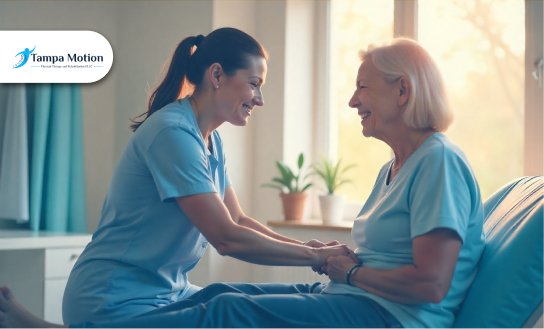
After a stroke, what you need isn’t a checklist of exercises. You need someone who listens when you say, “This feels harder today,” and who quietly adjusts the plan.
That’s what we do at Tampa Motion. We’re not a factory of rehab routines. We’re a clinic built on presence. Our physical therapists are neurologically trained, which means they understand how stroke rewires the brain and how to help you gently and persistently rewrite the story.
We work with you. Not over you. Not around you, with you. You’ll get:
A clear, personalized roadmap for your recovery
Supportive, science-backed exercises you can do at home
One-on-one sessions where your pace is respected, not rushed
Some days, progress is big. Other days, it’s barely visible. We’re here for both.
And if you're ready to take the next step, whether it's standing, walking, or simply believing again, we're ready to meet you right where you are. Have questions about starting stroke rehab in Tampa? We are here for you. Schedule a free consultation today.
6) How to Support a Loved One Going Through Stroke Rehab
Being the person cheering someone on after a stroke is a role that matters more than you might realize. Caregivers also carry hope, patience, and sometimes even the will to keep going.
Here’s how you can make a real difference:
a) Celebrate the Small Wins
Recovery often happens in a finger that moves, a few more seconds standing, a word spoken clearly. These moments might seem small, however, they’re huge. Celebrate them loudly and proudly. It reminds your loved one (and you) that progress is happening, even when it feels slow.
b) Attend Therapy Sessions When You Can
Showing up isn’t just about moral support. It’s about understanding what’s happening in rehab, seeing the exercises, and learning what your loved one is working toward. Plus, it helps you know how to encourage them in just the right ways at home.
c) Ask Tampa Motion How to Help at Home
Our therapists are an excellent resource, so please don't hesitate to ask us what you can do to help progress outside of the clinic. Simple daily routines or gentle reminders can become powerful tools for recovery when you know what to focus on.
Tampa Motion. Recovery that moves with you.
Recent Blogs
